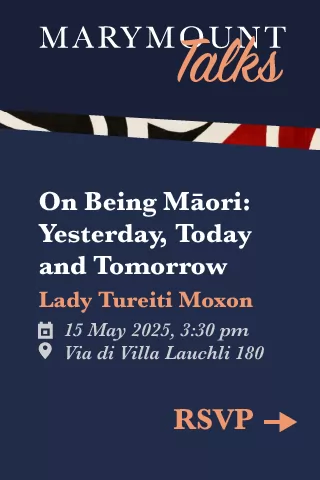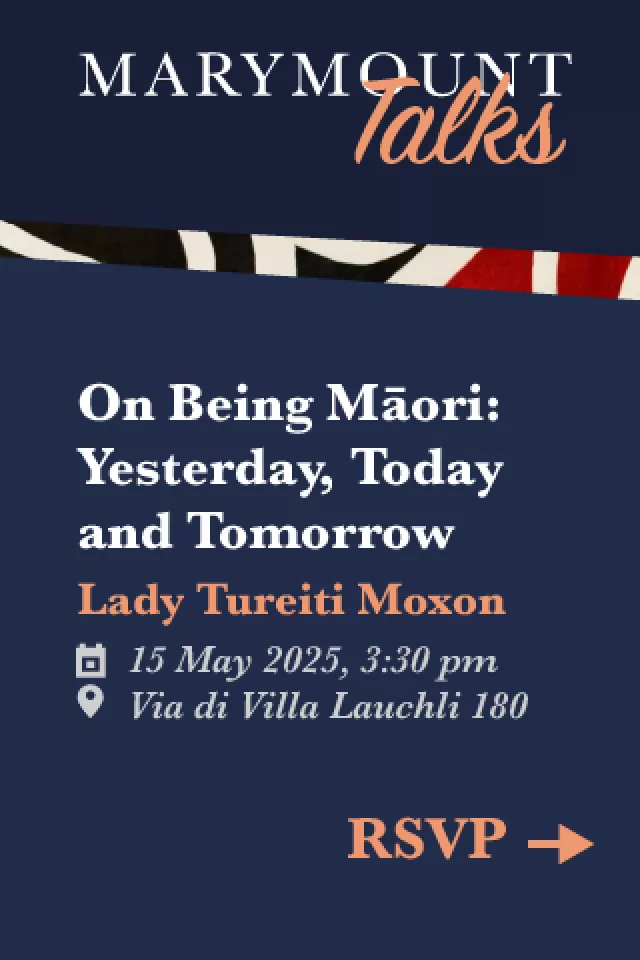The Top 17 Museums in Florence
Here is the ultimate guide to the best museums in Florence.
Florence houses some of the most renowned museums and art galleries worldwide. Here is a list of the top museums in the city.
Florence is an open-air museum, the cradle of Renaissance and Italian culture, architectural masterpieces appear around every corner, and by entering Florentine churches you can see the magnificence and richness of this city of inestimable beauty.
But in addition to palaces, churches and squares, there are many museums in Florence that contain works of art of global importance. They are visited every year by millions of tourists who love art.
The Uffizi Gallery alone has over 1.5 million visitors a year. The museums of Florence house paintings, sculptures, relics of war and flying contraptions, historical costumes and much more. The absolutely unmissable are the Uffizi Gallery and the Accademia Gallery.
However, in addition to these there are more specific museums, dedicated to historical figures or certain arts, such as the Da Vinci Museum and the Bargello Museum. Here is a guide to the top museums of Florence, from the most popular to the little- known, and the must- see works inside. We have also included some practical information at the bottom of the article to help you make the most of your visit!
Uffizi Gallery
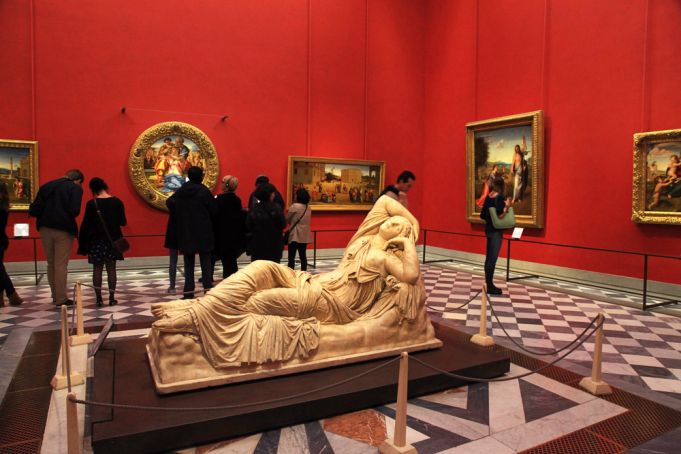
In the Uffizi Gallery, one of the most important museums in the world and the first ever Italian museum, you will find more than 2,200 works of art. You can comfortably spend an entire day in the halls of the Uffizi, retracing the history of the Tuscan Renaissance and the main stages of Italian art.
Don't miss the rooms dedicated to Botticelli with La Primavera and La Nascita di Venere, Filippo Lippi's poetic Madonna col Bambino e Angeli, Titian's La Venere di Urbino and then the works of Cimabue, Giotto's masterpieces, Caravaggio and Michelangelo. At the end of the day, or at the end of your visit take a break on the terrace above Loggia dei Lanzi, from here you can enjoy an exceptional panoramic view with Palazzo Vecchio overlooking the city.
Completed in 1560 at the behest of Cosimo I de 'Medici (the first Grand Duke of Tuscany), it was built to accommodate the "offices", i.e. the administrative and judicial offices of the city, (hence the name Uffizi from the Italian word for office, “ufficio”). It then became the seat of the private collection of paintings and works of the powerful family, which over time was enriched by members of the dynasty.
They began to collect works and paintings of the most important artists of the time, such as the famous paintings by Piero della Francesca, Raphael or Botticelli's Venus and Spring. In addition to ancient and modern works of art, they also accumulated gems, precious stones, weapons and even scientific instruments, including those belonging to the great Galileo Galilei, kept with reverence in the special Camerino delle Matematiche.
But surely the most important jewel of the Uffizi was the Tribuna, the circular room representing the alchemy of the Four Elements, which was only allowed to be viewed by the most distinguished guests.
Just think that all this enormous patrimony could have been dispersed in the middle of the 18th century, when unfortunately there were no more legitimate male heirs and the main branch of the Medici family died out.
The last descendant and heir was Anna Maria Luisa de' Medici, who imposed on the new Grand Duke the famous Family Pact of 1737, which bound the Medici legacy to Florence forever "for the ornamentation of the State, for the utility of the public and to attract the curiosity of foreigners", accompanying the document with a complete and meticulous inventory of the collections! This important document has passed down to us when the museum was made public. Ph: InnaFelker / Shutterstock.com
Accademia Gallery

The second most important museum in Florence is home to Michelangelo's famous David and many other great sculptural and pictorial works. The Accademia is located in the historic center of Florence and is a real jewel of art and culture.
Even here, as in the Uffizi, it is difficult to determine what to see, because the many works on display are unmissable. Certainly the Gallery of Prisons with the unfinished colossi of Michelangelo leading to David, symbol of perfection, statuesque beauty and anatomical study, is the highlight. Two other artists not to be missed are Giambologna with the Rape of the Sabine Women and, here as in the Uffizi, Botticelli with The Madonna and Child and The Madonna of the Sea.
Da Vinci Museum
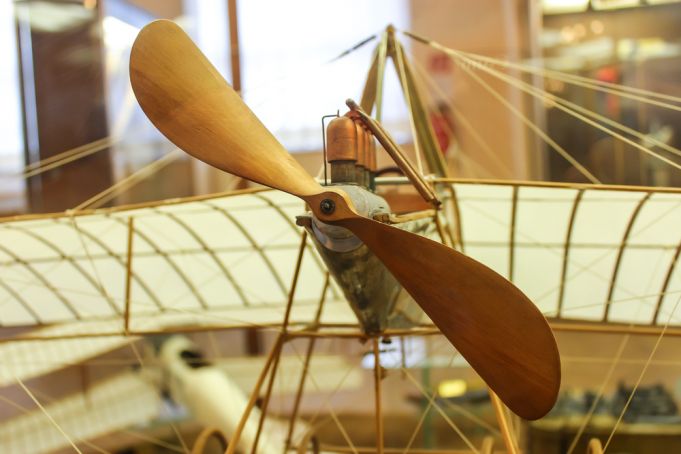
This small but uniquely interesting museum celebrates the genius of Leonardo Da Vinci. While less popular, this central museum turns out to be a pleasant surprise, especially if you are in Florence with children. Plans and models of the genius’ machines and inventions are on display, reproduced as life-size and in working order. You can find war machines such as the bombard or the prototype tank, hydraulic and mechanical engineering works, flying machines such as the parachute and the curious bicycle ornithopter.
Bargello Museum
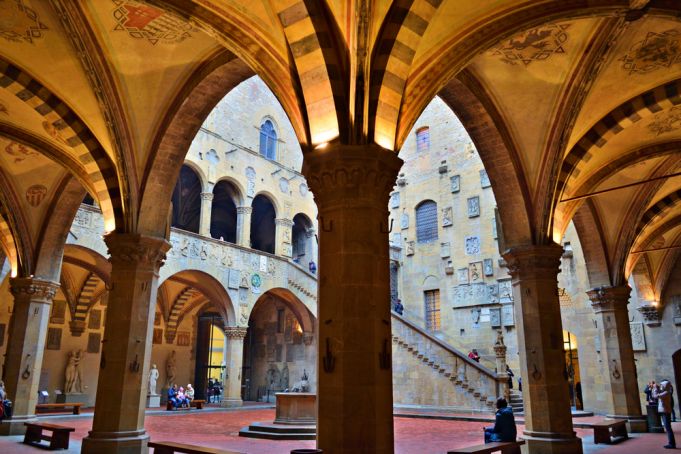
The Bargello National Museum, whose name derives from the Bargello Palace, also known as Palazzo del Popolo, is a museum dedicated to sculpture. Its collection of statues, mainly from the Renaissance period, includes masterpieces by artists such as Michelangelo, Donatello, Ghiberti, Cellini, Giambologna, Ammannati and other important sculptors. Ph. Simona Bottone / Shutterstock.com
Museum of Palazzo Vecchio
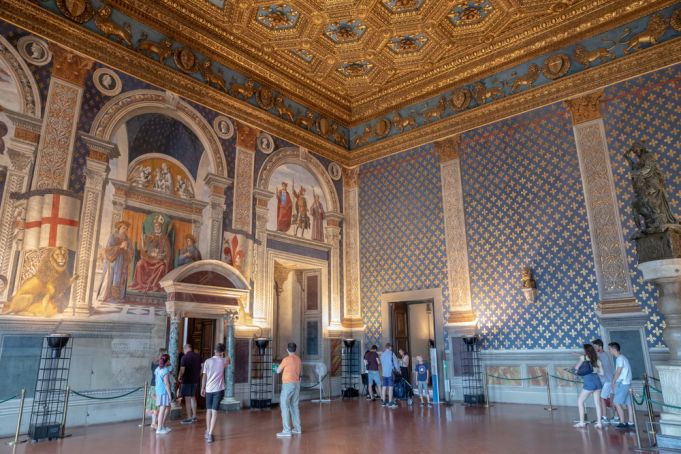
The Palazzo Vecchio is the emblem and symbol of Florence. It is not a coincidence that it is located in the heart of the city, in Piazza della Signoria, and for centuries was the official residence of the Medici family, after Cosimo I decided to move from the Palazzo Medici- Riccardi.
The most important artists of the time were called upon to carry out the extensive series of to meet the wishes of the new lord of Florence, and to magnify the power of the family. The beautiful rooms of the palace were decorated and embellished by the likes of Donatello and Domenico Ghirlandaio.
The magnificent Salone dei Cinquecento, the pride of the entire palace, where no less than Pollaiolo and Vasari worked, houses the designs of Leonardo and Michelangelo. After the De Medici family transferred to the Palazzo Pitti in the Oltrarno, the Palace became Palazzo Vecchio or “old palace”. Ph: Evgenii Iaroshevskii / Shutterstock.com
Museum of the Medici Chapels in San Lorenzo
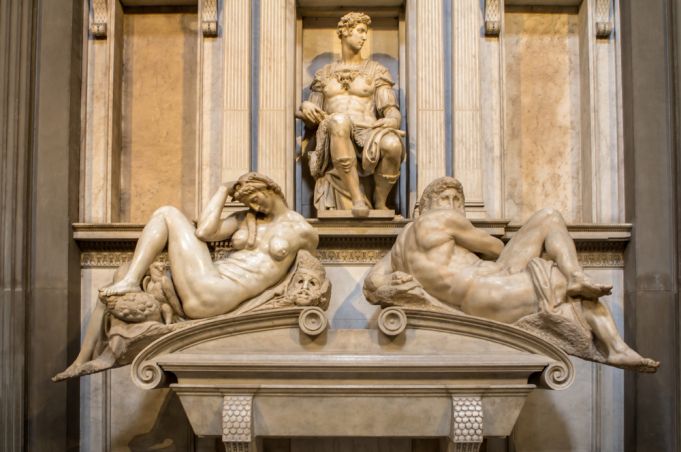
This site is the burial place of the Grand Dukes of Tuscany and their relatives, as well as all the members of their families (about 50). The Medici Chapels are contained in some areas of the Basilica of San Lorenzo, and have an entrance from the back of the church, in Piazza Madonna degli Aldobrandini.
The New Sacristy was designed by Michelangelo and is adorned with marble and sculptures. The Chapel of the Princes, commissioned by Cosimo I, is a sumptuous octagonal room surmounted by the dome of San Lorenzo, which with its height of 59 meters, rivals Brunelleschi's Dome of Florence Cathedral. It was decorated and embellished with gems, mother of pearl and lapis lazuli.
Palatine Gallery of Palazzo Pitti
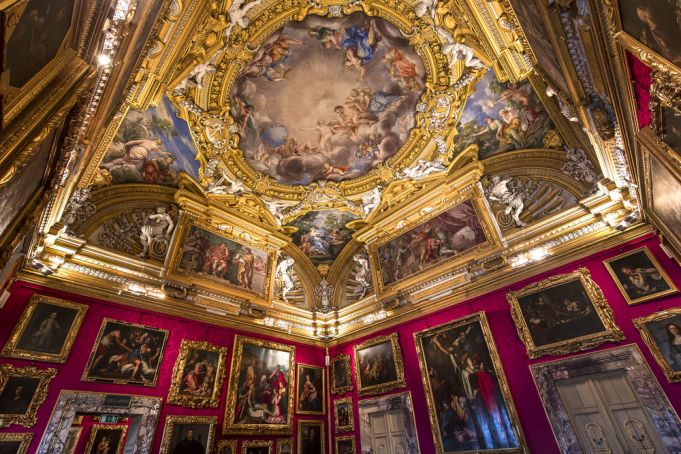
At the specific request of the beloved consort of Grand Duke Cosimo I, his wife Eleanor of Toledo, who was ill with poor health and found it difficult to live in the crowded city center of Florence in the Palazzo Vecchio, the family moved back to the Oltrarno, the area of Florence on the opposite bank of the Arno River, where it was thought the air was healthier and more cleaner and therefore perfect for the Grand Duchess.
Palazzo Pitti was also the residence of the Kings of Italy, and today is the largest monumental complex in the city, hosting eight museums. From the magnificent halls of the palace, to the Palatina Gallery you can admire masterpieces of the Renaissance and Baroque periods, with works by Raphael, Andrea del Sarto, Titian, Rubens, and Caravaggio. Ph: Isogood_patrick / Shutterstock.com
Great Museum of the Duomo
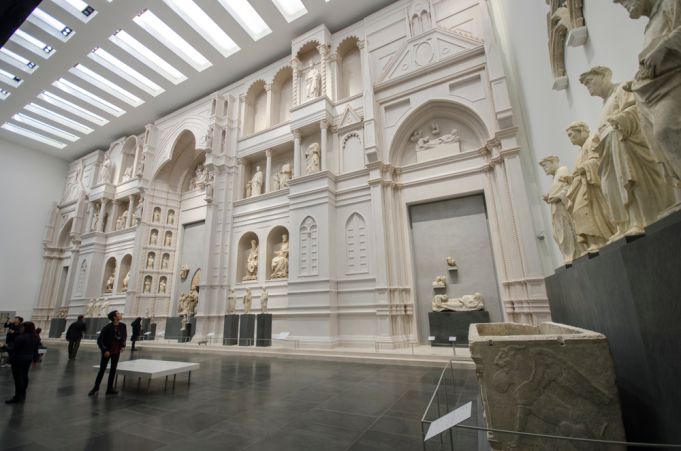
The Great Museum of the Duomo of Florence encompasses the sacred complex of the Duomo of Florence, the Baptistery and Giotto's Bell Tower, with all of the important works of Gothic and Renaissance statues that are inside each of these monuments.
The Great Museum of the Duomo represents seven hundred years of history. Entering these monuments is like going back in time. You can admire the works of Donatello, Michelangelo, (the Pietà Bandini), and Ghiberti, as well as visit the Cathedral and the Baptistery of San Giovanni.
Or perhaps you would like to climb on the fourteenth-century Bell Tower of Giotto or the Dome of Brunelleschi, and admire Florence from different perspectives! We remind you that the climb to both is very tiring, with many steps, but when you get to the top, the view is worth it. Ph: Mitzo / Shutterstock.com
Still Life Museum
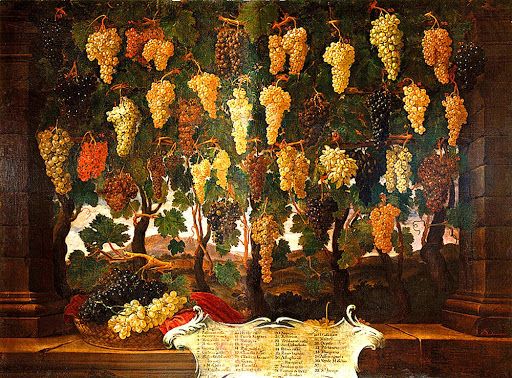
The Still Life Museum was opened in 2007 in the Villa Medicea of Poggio a Caiano in the province of Prato, not far from Florence (about 20 km).
The small museum, the only one of its kind in Italy, contains 200 still life paintings that tell the story of a great collection, the most important in Europe, put together with passion by the Grand Dukes of Tuscany between the 17th and 18th centuries, gathering works by Italian, Flemish and Dutch artists.
The choice of having the museum's headquarters in this Medici Villa is not accidental. It was here in Poggio a Caiano that Ferdinando de' Medici worked on and gathered his collection.
Modern Art Gallery and other museums of Palazzo Pitti
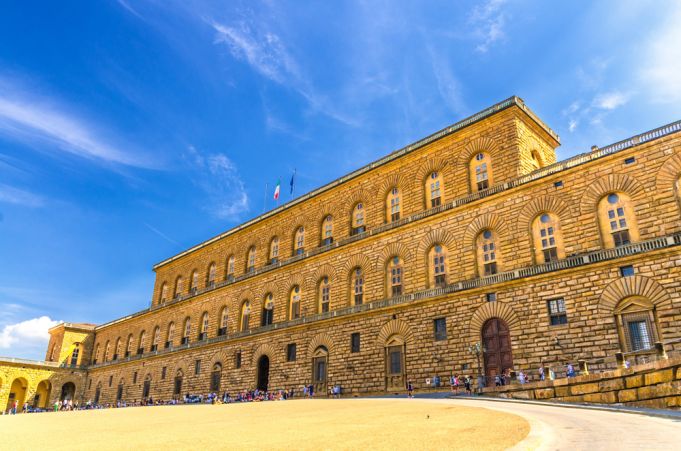
Inside Palazzo Pitti, take a journey in Italian art across two centuries. Ranging from the second half of the eighteenth century to the twentieth century, you will find works by artists such as Antonio Canova, Francesco Hayez, Giovanni Boldini, Giacomo Balla, and Filippo Tommaso Marinetti.
If you love the history of Italian fashion you can visit the Galleria del Costume, or admire silverware, porcelain and vintage carriages in dedicated galleries, or walk in the green Boboli Gardens, adorned with statues, paths, and labyrinths, admiring one of the most significant examples of Italian gardens.
Galileo Museum
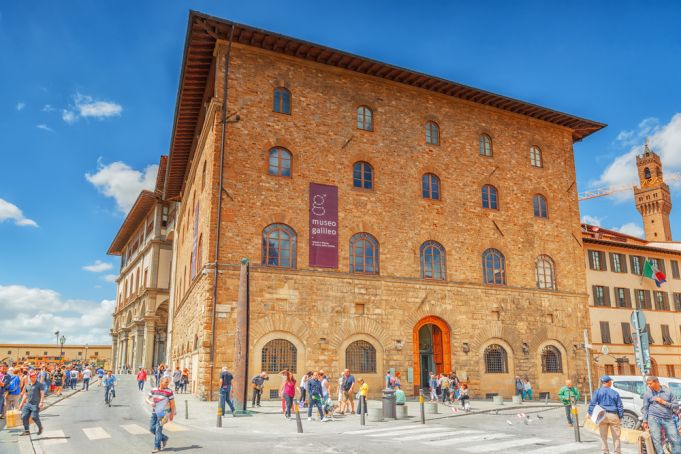
The Galileo Museum is housed in the Castle of Altafronte, today Palazzo Castellani, and contains one of the most important collections of scientific instruments in the world, collected by the De Medici family first and the Grand Dukes of Habsburg Lorraine later. The exhibits trace the entire history of physics, chemistry, astronomy, geography, etc. as they were lived and studied at the time, thanks to the precious original instruments!
The little-known museums, between the Uffizi and the Accademia Gallery, between the Medici Chapels and Palazzo Pitti are worth a visit. Ph: V_E / Shutterstock.com
Salvatore Ferragamo Museum
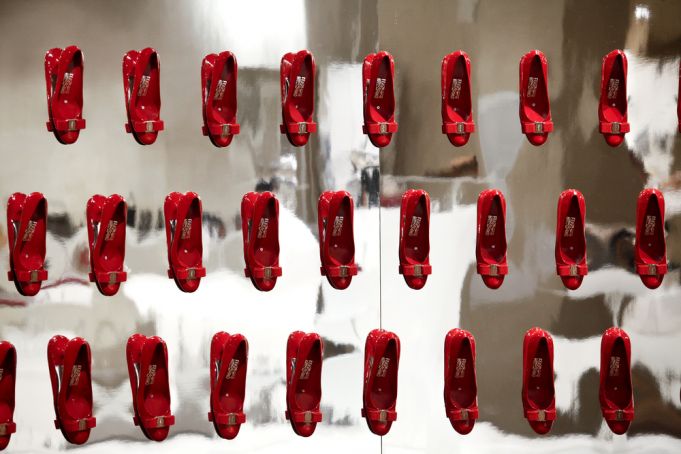
This museum, located in the thirteenth-century Palazzo Spini Feroni, is dedicated to the figure of the famous fashion designer Salvatore Ferragamo, who played a fundamental role in the history of footwear and fashion.
It was created at the behest of the Ferragamo family, who wanted to make known to a worldwide audience the role that the founder of the historic Florentine company played in the history of fashion. In addition to the permanent collection that tells the story of the brand, the museum organizes exhibitions and temporary events. Alessia Pierdomenico / Shutterstock.com
Gucci Museum
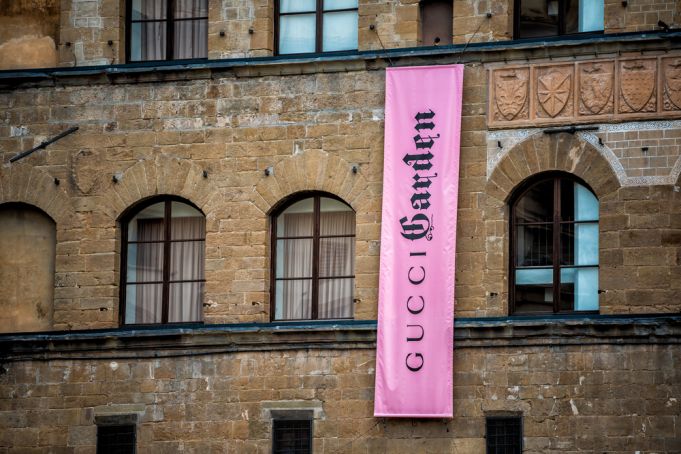
In the Antico Palazzo della Mercanzia you will discover the museum of the fashion house founded in Florence in 1921 by Guccio Gucci. It tells the history of a world-famous brand in a spectacular place, where the historical models of the Florentine maison are exposed: trunks, bags, suitcases, accessories and clothes, real cult objects. Inside are temporary exhibitions, the historic collections, stores and a restaurant by award-winning chef Massimo Bottura.
Perfume and Apothecary workshop of Santa Maria Novella
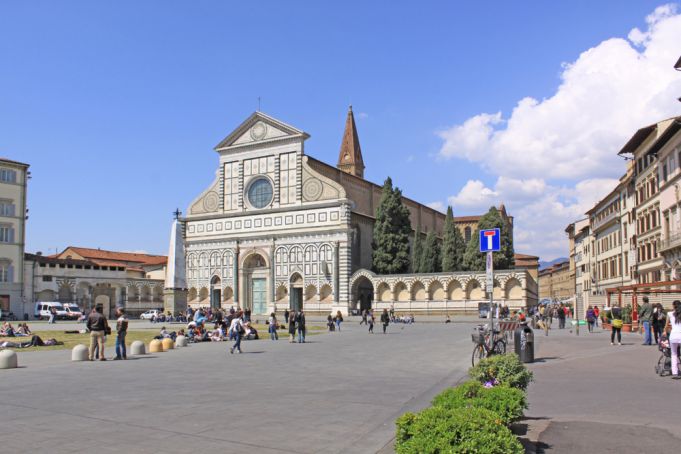
This is the oldest pharmacy in Europe, founded in 1221 by Dominican friars. Active without interruption for almost four centuries, it is one of the oldest shops in the world, where products are still prepared according to ancient recipes. The museum has been constructed in what were once the production laboratories, and presents the machines and ancient tools used and that ultimately trace the history of pharmaceutical production. Ph: Dmitry Erokhin / Shutterstock.com
Horne Museum
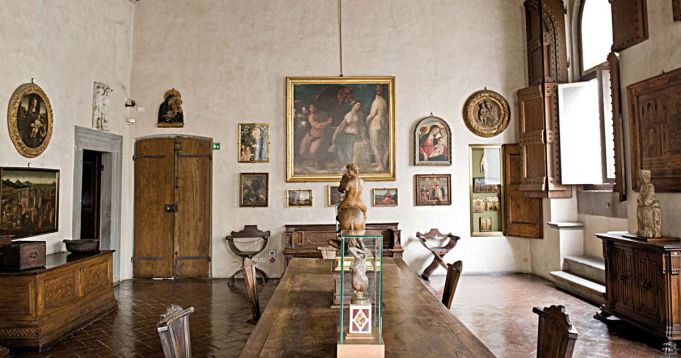
In 1911 Herbert Percy Horne, the English architect, collector and art historian, purchased Palazzo Corsi and decided to transform it into a Renaissance home. The purpose was to house his precious collection of paintings, drawings, prints, books and furniture placed in a historical period ranging from 1200 to 1600.
In fact in this museum you can admire the famous Santo Stefano by Giotto and paintings by Simone Martini, Masaccio, and Filippino Lippi. This is a museum born out of the disproportionate love for art of a man who was adopted by Florence.
Stibbert Museum
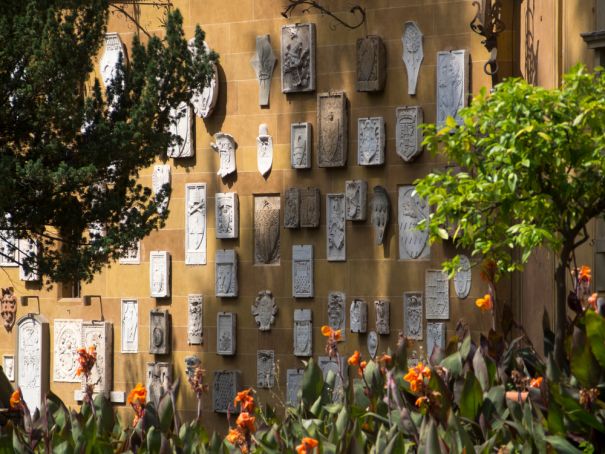
Created by Frederick Stibbert (1838-1906), a collector who lived in Florence, this villa was also his home. Considered the most beautiful 19th century museum in Florence, here you can admire about 50,000 objects including weapons, armor, paintings, costumes and furniture from the 1500s to the 1800s. Ph: stefano cellai / Shutterstock.com
Stefano Bardini Museum
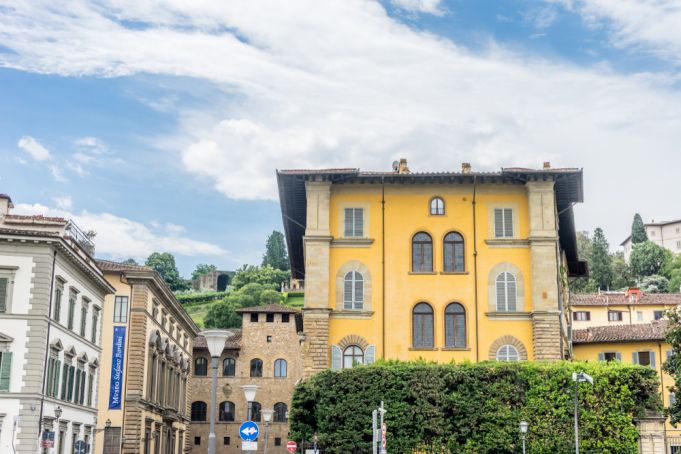
This museum was donated to the city of Florence in 1922 by the antique expert Stefano Bardini, who during his life collected a vast collection of art. The museum therefore exhibits this immense collection of sculptures, objects and paintings from every era up to the 18th century, which Stefano Bardini himself organized into a museum. It comes as no surprise that here you will also find paintings by Donatello, Antonio del Pollaiolo, Tintoretto and Guercino. Ph: SkandaRamana / Shutterstock.com
Practical guide to museums in Florence
Here are some practical tips if you plan to visit some of the museums in Florence:
The Uffizi Gallery and L'Accademia are closed on Mondays; Tuesday mornings and weekends have long lines at the entrances and we recommend that you purchase tickets in advance online. There are tickets that also include guided tours to part of the halls or that follow selected routes.
The Firenze Card
72 hours, 72 museums, 72 euros, preferential entrance. The Firenze Card is the official museum pass of the city of Florence. The card costs 72€, is valid for 72 hours from first use and allows you one-time access to each of the participating museums, and to visit their permanent collections and temporary exhibitions, from the priority entrances and without booking in advance.
If your intention is to visit only the Uffizi and the Accademia, the card is not worth it. If, however, in addition to the two main museums of Florence you want to see Palazzo Vecchio, Palazzo Pitti and the Boboli Gardens, the Medici Chapels and the Brancacci Chapel, then the card is worth it. Consider how many days you plan to stay in Florence and how much you will want to see.
Free and reduced tickets
Children under 18 have free entry. From 18 to 25 years old, EU citizens can purchase a reduced ticket. Keep these in mind if you are traveling as a family or with kids.
Book in advance
The Uffizi and Accademia are the two most visited museums in Florence, and perhaps in the world. To avoid long hours of waiting, it's best to plan your visit and book online in advance, spending a few extra euros that you will certainly gain back in free time. By booking online you can choose the time of entry. A small tip regarding entry times: in the afternoon the rooms are much less crowded! The same goes for other Florentine museums such as the Medici Chapels or Palazzo Pitti with the Boboli Gardens, where you might easily wait for over an hour in line.
Museums open on Mondays
Are you in Florence on a Monday and find the Accademia and Uffizi closed? You'll find the Medici Chapels, Palazzo Vecchio and Palazzo Pitti open, but also the very interesting Da Vinci Museum and, every other Monday, the Bargello Museum.
Keep in mind: every first Sunday of the month, entrance to all state museums in Italy is free, and this also applies to many flourishing museums. Unfortunately, on this day it is not possible to book in advance, but priority is given to Firenze Card holders.






